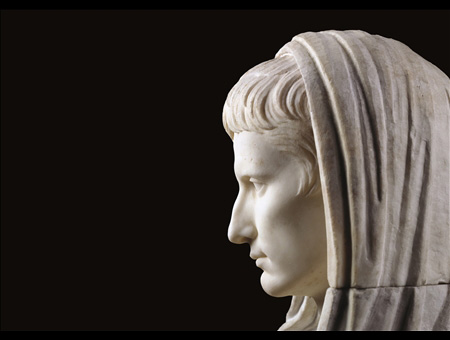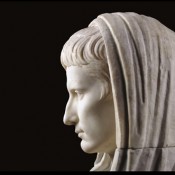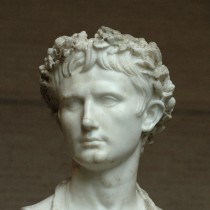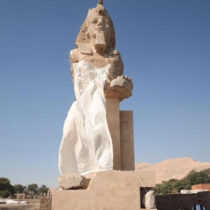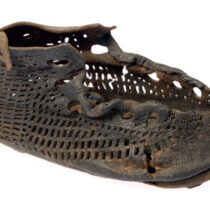Dr. Annalisa Lo Monaco (Università di Roma “La Sapienza”) will present the exhibition “Augusto, il bimillenario della morte. Le mostre di Roma e Parigii” in the framework of the Roman Seminar series.
This exhibition dedicated to Augustus celebrates two thousand years from his death at Nola (Campania) on the 19th of August 14 AD.
The exhibition has been made possible thanks to a co-operation between Italy and France. It is presented in two different locations, in Rome at the Scuderie del Quirinale (18 October 2013-9 February 2014) and in Paris at the Grand Palais (19 March-13 July 2014). Both exhibitions are based on a common project, but show slight differences not only with regard to their setting, but also because some more exhibits are added in each location. The thematic approach is in both cases the same. The exhibitions open with a presentation of the historical personality of Augustus through a selection of his most beautiful portraits, which are divided into the five best known portrait types. This allows the visitors to follow the development of his public image from 42 B.C. until his death and later.
In parallel, the portraits of the most important members of his family are shown. They are divided into the Julian (Julia, Agrippa, Gaius and Lucius Caesar, Agrippa Posthumus) and the Claudian (Livia, Tiberius, Drusus) family branches. Furthermore, the portraits of the beloved sister of Augustus, Octavia the Younger, and of her son, Marcellus, are also exhibited.
The exhibition is organized thematically, with a particular focus on the more innovative themes of Augustan art and society: the formation of a new artistic language (the so-called new classicity), the opening of a new era which was celebrated as the new Golden Age, the relationship with religion, the use of furniture in the public and private spaces, the various ways by which the princeps was represented during the different moments of his life. In each of these themes, exhibits (sculpture, bronzes, glasses, terracottas, coins, gems, jewels, and others objects representative of the so-called minor arts) have been chosen not only for their remarkable artistic quality, but also because they highlight the communication system adopted by Augustus and his court.
Through the exhibition, the spectator is given for the first time the possibility to appreciate works of art, which were originally set up in the same context but were later separated, having been acquired by different European museums. This is the case of the “rilievi Grimani” (Wien and Palestrina), of the pediment of the Niobides from the Horti Sallustiani (Copenhagen and Rome), and of the “rilievi Medinaceli” (Sevilla, Cordoba and Budapest).
The lecture, will be held tomorrow 13 February at 7.00 pm, at the auditorium of the Benaki Museum. The seminar will be in Italian.
